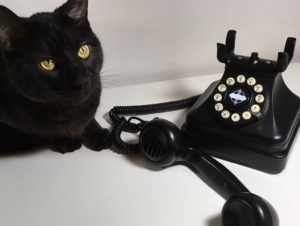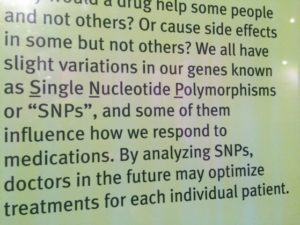I come to praise the lowly transition, the chemical drain opener of scientific writing. A transition unclogs copy. Just pour it in and it works.
In our daily responsibilities, time does not always allow for an examination of language functionality at that level of detail. More pressing concerns prevail.
In processing a manuscript into final article form for JAMA Network journals, an editor applies several rounds of detailed attention to the information. The process involves many musts. The title must not be declarative or give away the conclusion. The abstract must be complete. The type of study must be specified. The results section must include appropriate data. The methods section must identify ethical or institutional review board approval or waiver as well as informed patient consent. The statistical analysis section must specify the statistical tests used and not present P values alone without comparative data. Figure and table elements must be complete. Abbreviations must be tracked for consistent use. The discussion must include a paragraph about the limitations of the study type. The conclusions must not be overstated or absolute.
Along with including these musts, the copy must follow JAMA Network style conventions, from the picayune (no period after “vs”) to the consequential (wording presents patient first: patients with diabetes instead of diabetics). The end matter also has to follow the author contribution, conflicts of interest disclosures, and identification of funding requirements.
The introduction, methods, results, and discussion format for scientific articles lead readers from section to section. Within those sections, subheads guide readers from one major topic to another.
What about finer divisions of thought than can be accommodated by subheads? In the dash to process 3000 words according to scientific format and AMA style directives, something often gets lost in the shuffle: the utility of the transitions used to move the reader within and between paragraphs of a subsection. One could argue that if transitions go unnoticed then they have done their job. Readers have gone from point A to point B, and no one has gotten hurt.
There is no must for transitions, but the AMA Manual of Style lists 6 functions of a transition with standard examples that perform those functions.
When I review a proof after the list of musts has been confirmed, I am sometimes startled that a conjunction or transition at the paragraph level appears several times in rapid succession. Three uses of of note occur at the end of the discussion section. Four occurrences of as such appear as an opening phrase. Even that being said has slipped by although no one is actually talking. A couple of buts might more properly be ands. Suddenly I am surrounded by however, furthermore, in addition or additionally, and therefore. A little CTRL + 4 action shows 7 however, 4 furthermore, and a walloping 9 additionally uses all within a 9-page original investigation.
Gliding across all-purpose transitions is quite easy as one goes about identifying and focusing on the musts. An all-purpose transition works because it is a transition regardless of whether it functions specifically. When faced with rapid-succession infelicities, I strike them, perhaps keeping the first. Items of note are apparent from their inclusion. As such in most cases has no actual antecedent. A congenial and from a misbegotten but adds to readability. A quick note to the author usually begets a response ranging from “ok thanks” to something a little more effusive but not overboard.
We have become accustomed to reading right past transitions perhaps because we are not striving for literary awards. No one throws a parade to celebrate a sentence whose dispatched as such has hit the bricks.
Why note how transitions are used? I’m not advocating parades, which would eat significant processing time. Accurate transition use is part of a standard of completeness. Every movement toward specificity is worthwhile to give readers a clearer view of the author’s point. With this in mind, every transition, as such, is of note.—Timothy Gray




